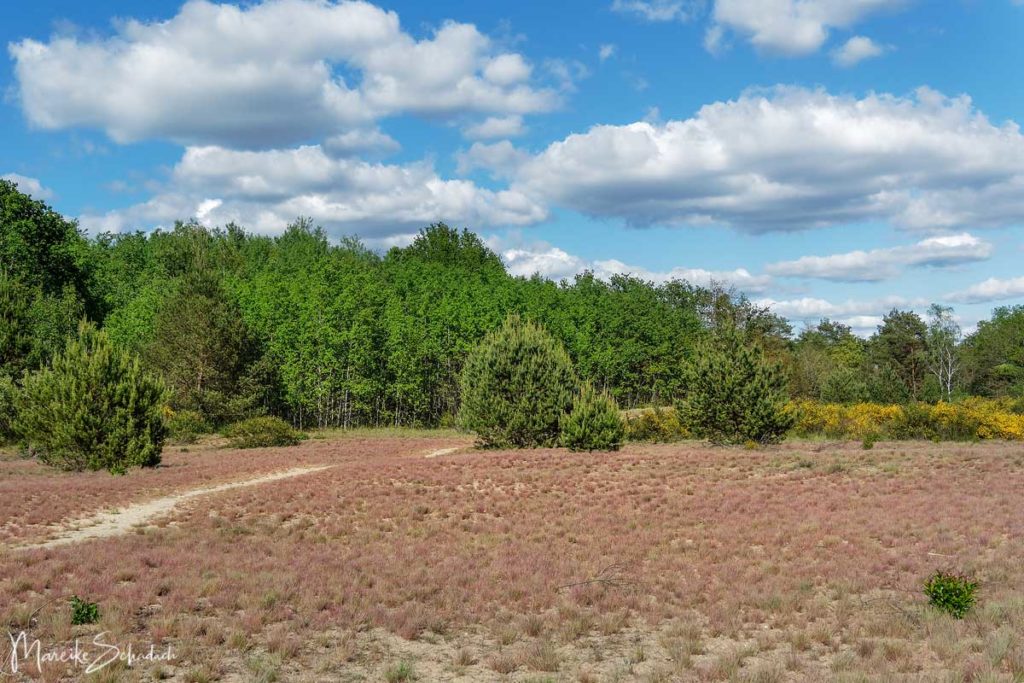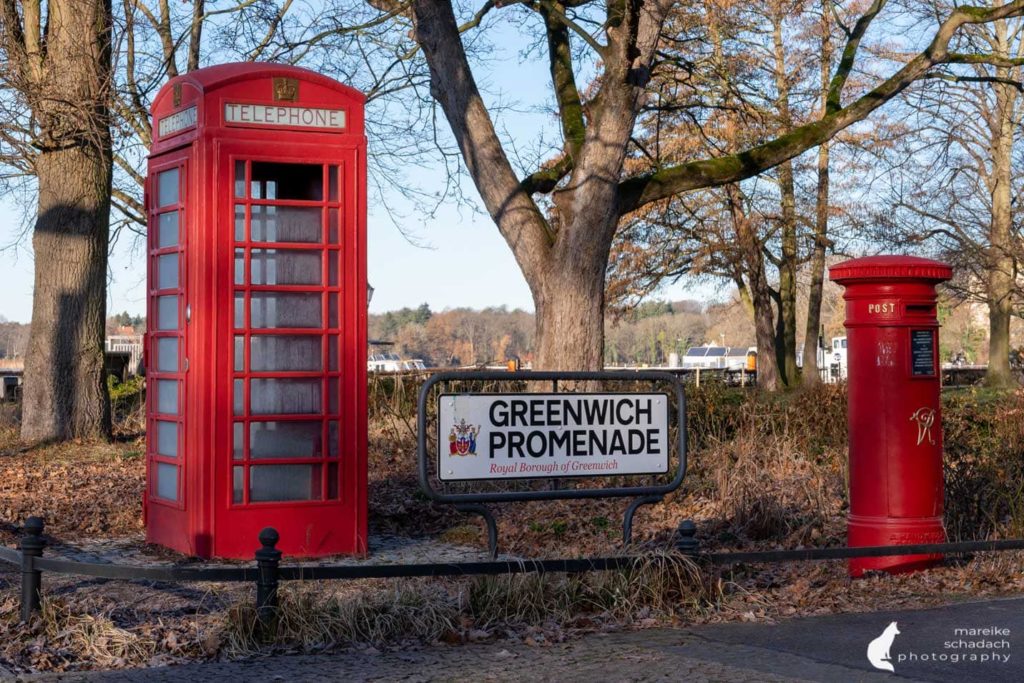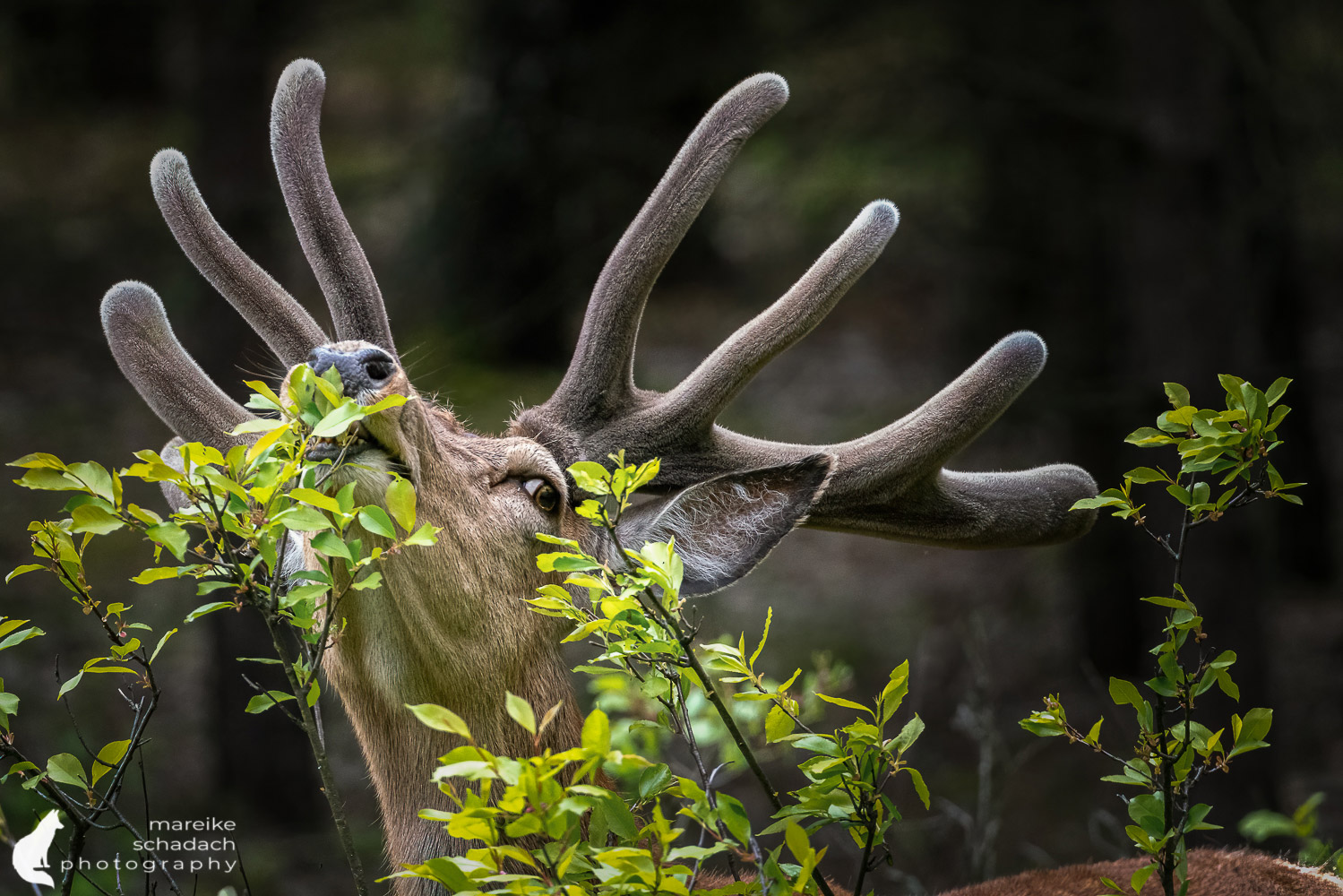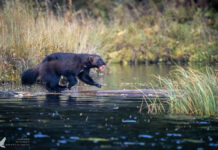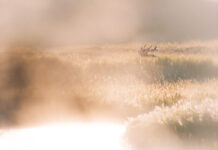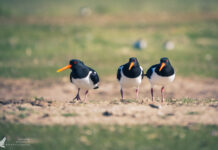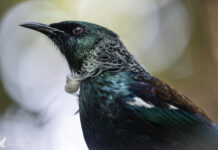Berlin. Shortly from the city limits of Berlin lies the former military training area "Schönower Heide". Today, the heath landscape, which has been placed under nature protection, provides a habitat for many protected animal and plant species. Year-round grazing by fallow deer, mouflon and red deer ensures that this will continue to be the case in the future. The animal landscapers are the main attraction of the Schönower Heide, along with the heath, which blooms purple in late summer. In the following article you will learn everything you need to know for your visit and what you can discover to the right and left of the wildlife hiking trail "Wildwanderweg".
Unpaid, unsolicited advertising. The article contains affiliate links*.
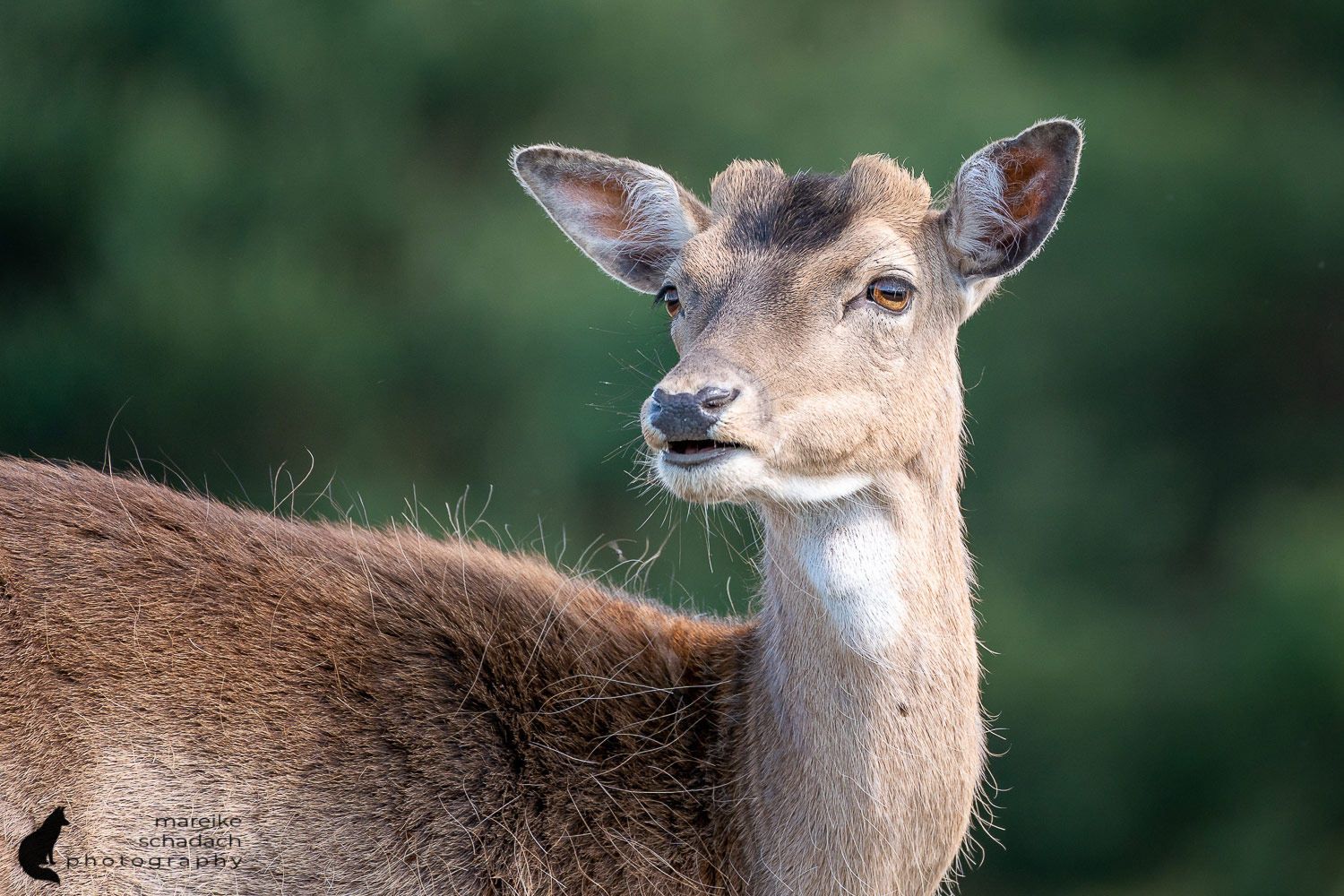
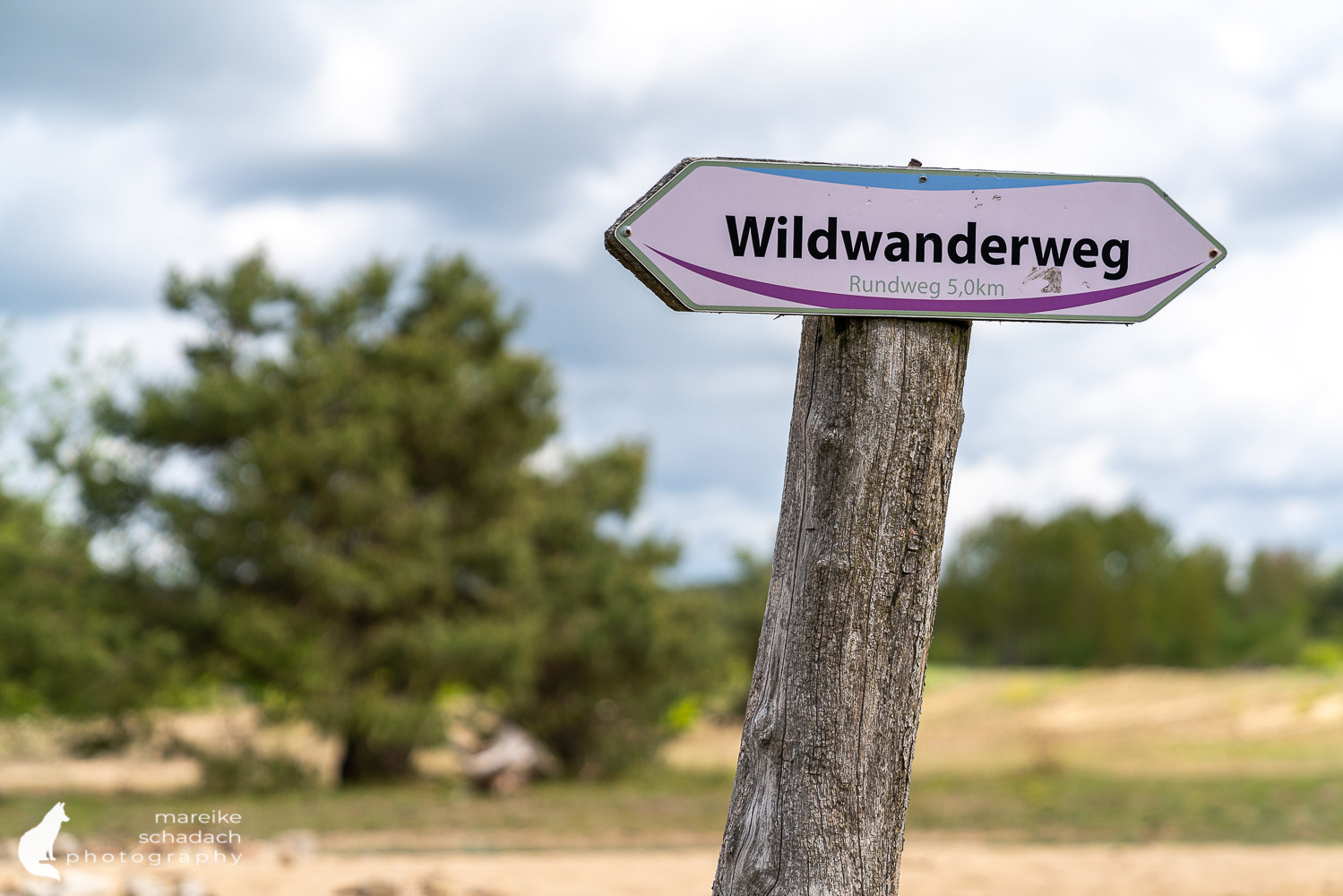
Hiking in the Schönower Heide
You can discover the Schönower Heide on two different circular trails: on the 1.6 kilometer long Heidepfad or on the longer 5 kilometer long Wildwanderweg.The latter leads once around the fenced grazing area. There are numerous information boards along both paths that provide information about the historical development of the area, the shape of the landscape, and typical plants and animals of the Schönow Heath. In some places you can even discover evidence of the former military use, such as remains of bunkers, old tires, metal pipes or a rusty traffic sign.

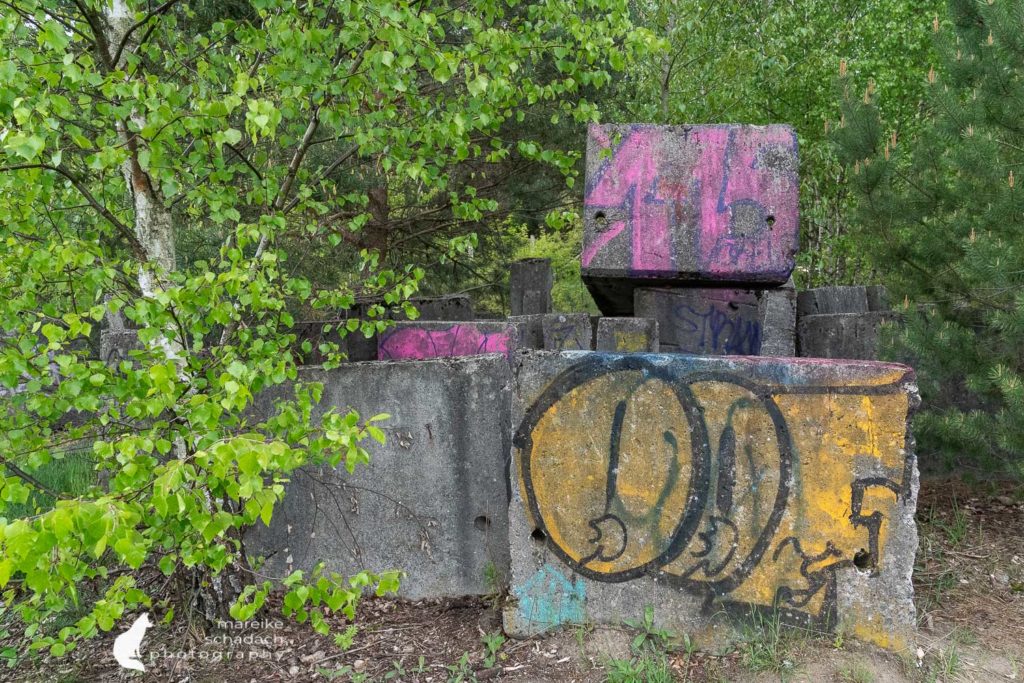
Since this is a former military training area, off the trails still lie dangerous ordnance. Therefore, leaving the paths is prohibited. However, there are several trails that lead across the heath landscape, which is surrounded by the heath path. Here you can see the sand dune landscape particularly well.
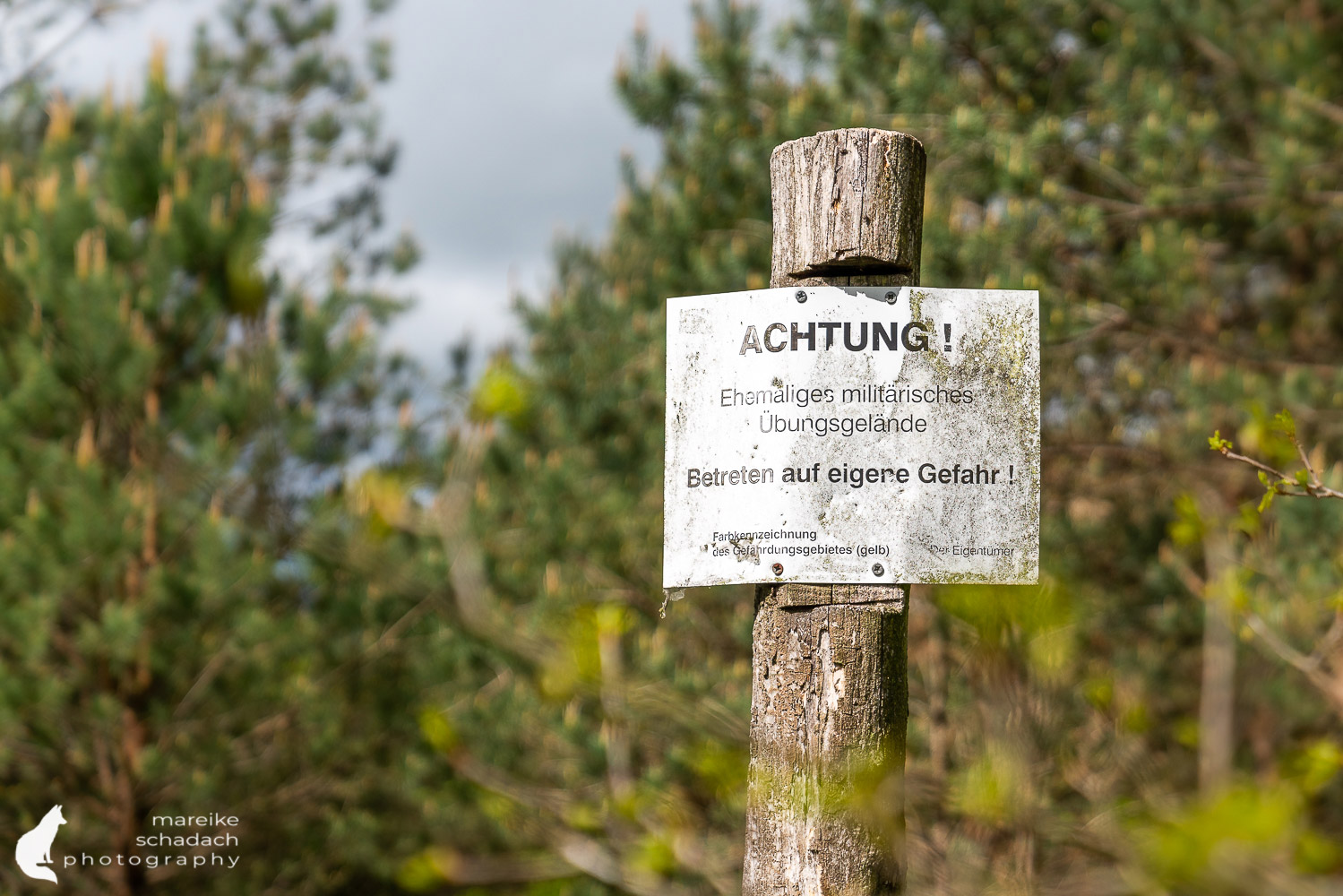
At a Glance
Route: Wildwanderweg 5.0 km; Heidepfad 1.6 km
Can be combined with: Hobrechtsfelder Rieselfelder
Size of the nature reserve: about 533 ha
Highlights: Wildlife watching, heath blossoms, inland dunes
Facilities: two barrier-free lookout points, two picnic areas, several wooden benches, information boards and heath quiz
Best time: worthwhile all year round; best during the heath blossom (mid-August to mid-September)
TIP: You don't want to walk everything? Then you can also ride your bike on the gravel paths.
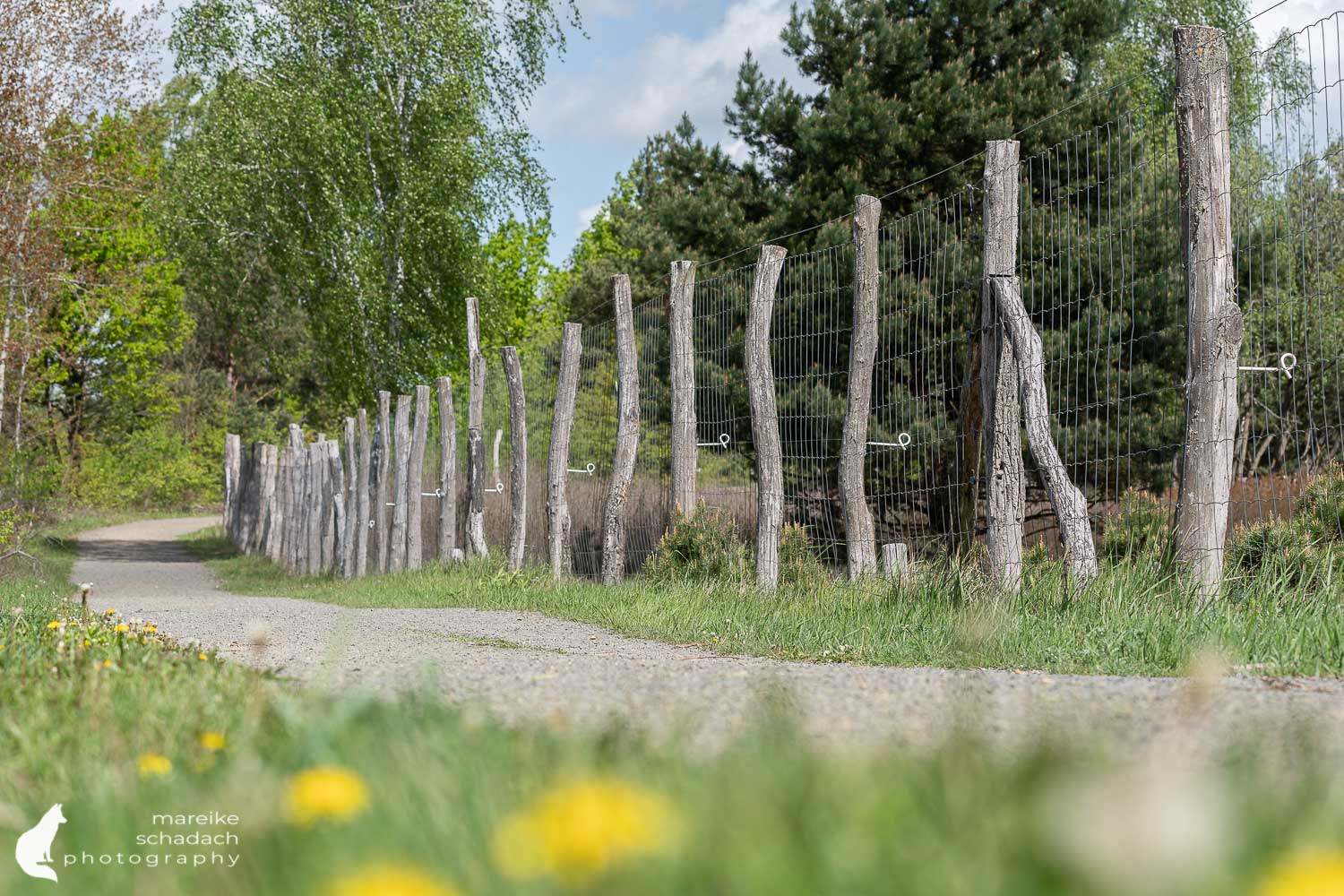
Viewpoints
From two small, filled-in mountains, the view opens up over the dry grassland and broom heath areas of the fenced-in nature reserve. The lookouts are both barrier-free and also offer a shelter with seating. You will reach the first lookout after only a few minutes of walking on the Heidepfad. Not far from this one is a watering hole, and there are also food troughs and salt licks set up for the animals. The chances of wildlife sightings are therefore particularly good here. If you walk the wildlife trail, then you should not miss this lookout mountain in any case and hike the bow with. The second lookout mountain is located on the Wildwanderweg.

TIP: When from mid-August to mid-September the flowering heather becomes a dense purple carpet, a visit is particularly worthwhile.
Emergence of a special Habitat
Originally, the landscape of Schönower Heide was characterized by mixed deciduous forests. At that time, the forests were used for timber production and as forest pasture. As a result of this use, a vegetation rich in mosses and lichens developed over time. Later reforestation measures in the 19th century finally resulted in an extensive pine forest area around Schönow.
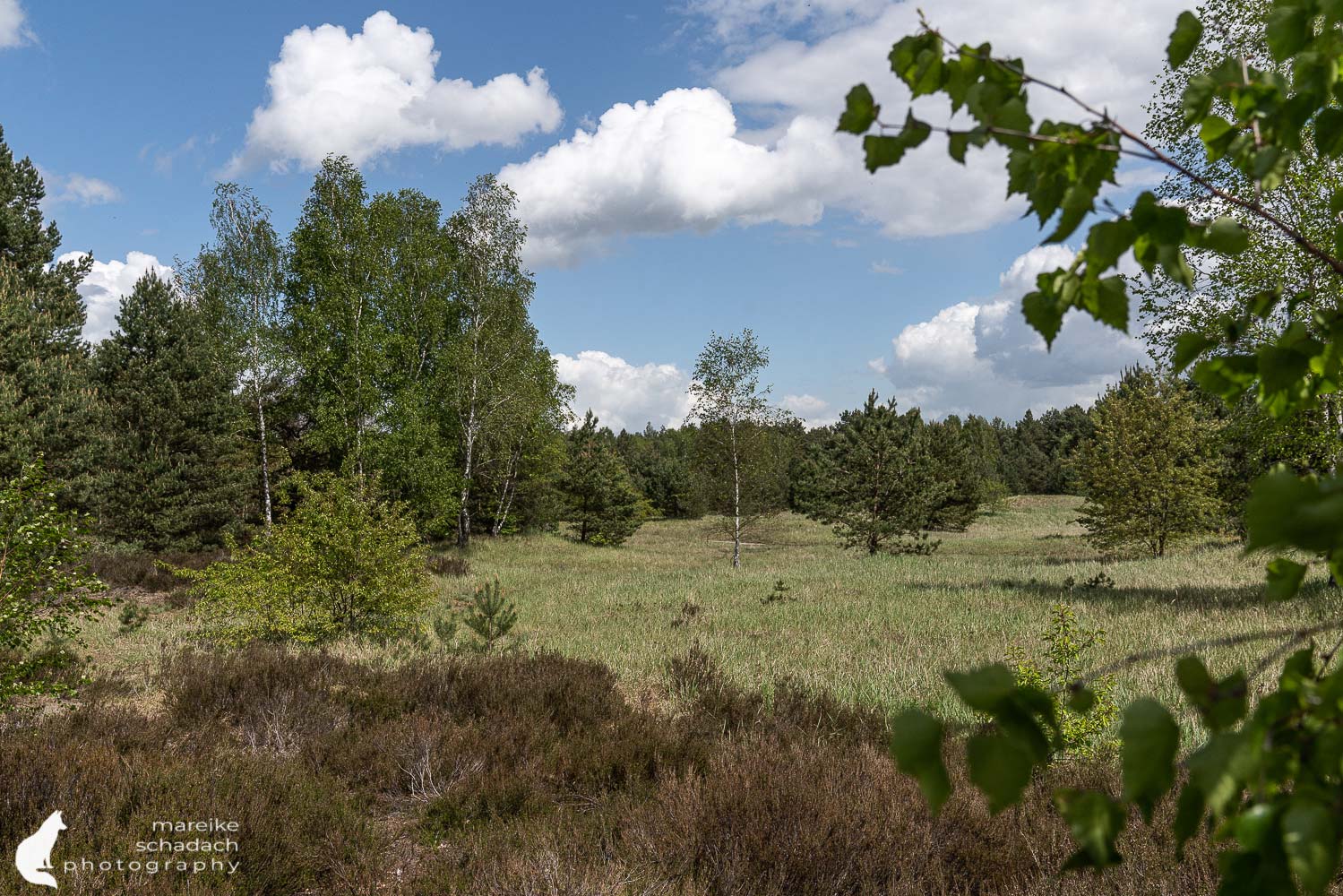
At the end of the 19th / beginning of the 20th century, Berlin purchased land for the establishment of a city estate and for the creation of trickle fields. The purchased land included parts of the Schönower Heide, areas of which were soon used as a military training area. First it was used by the troops of the imperial army, then by the Reichswehr and finally, in GDR times, by the Soviet armed forces. At this time, another 125 hectares of forest were cleared and buildings, shelters and paths were constructed. The use of heavy combat vehicles as well as frequent fires kept the area free of overgrowth and promoted the formation of today's heath landscape.
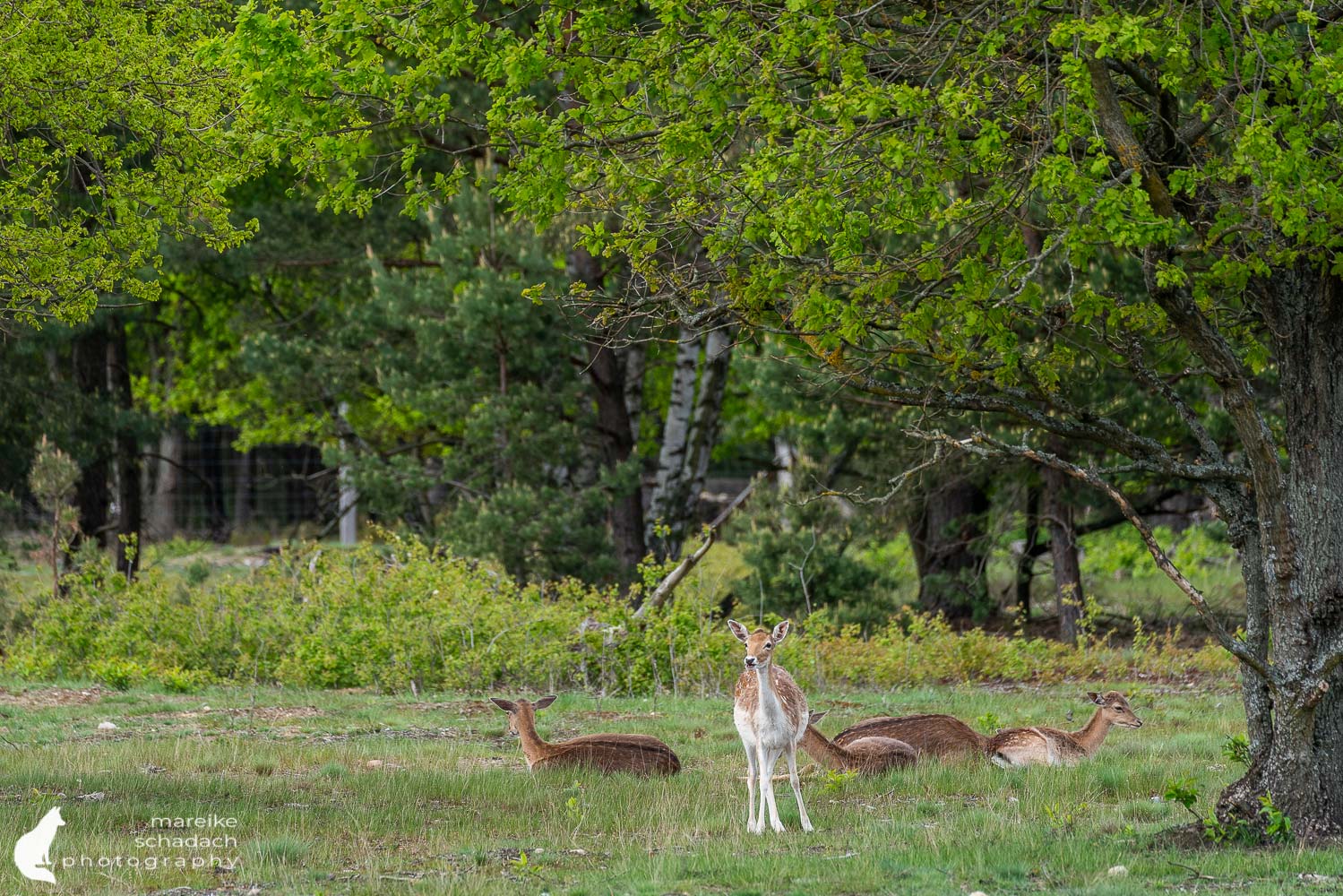
After the German reunification, the area was no longer used as a military training area. A development of the area is problematic due to the still existing explosive ordnance contamination. In addition, it is a biotope worthy of protection, albeit man-made. In 2000, Schönower Heide was designated as a nature reserve and FFH area. Buildings were built back and paths for visitors were created. Various measures are intended to ensure the preservation of the heath areas and this very special habitat. The most important measure is the grazing by wild animals. For this purpose, fallow deer, mouflon and red deer were released in 2009 in a fenced area of about 140 hectares.
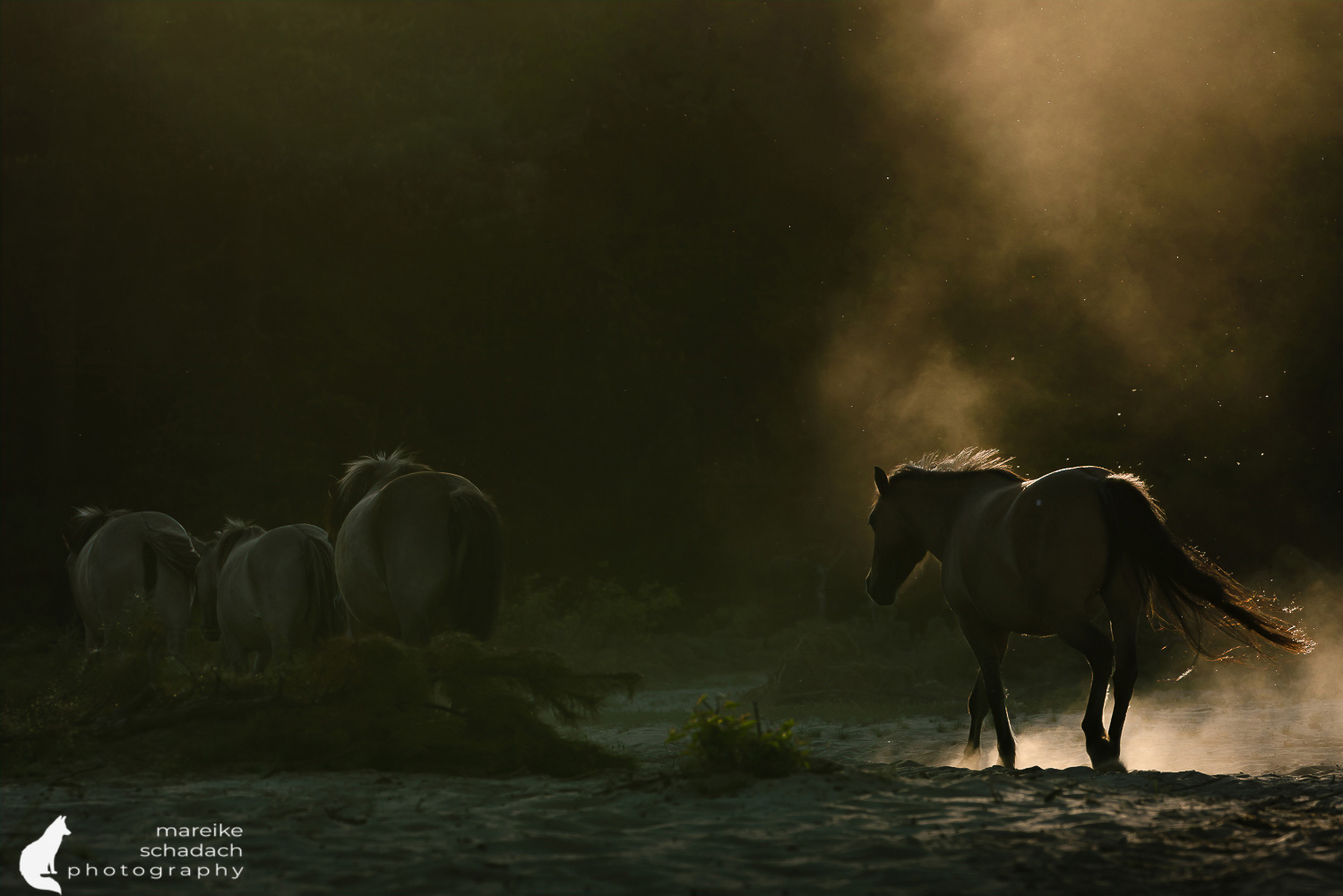
Wildlife Grazing in Schönower Heide
The open and dry landscape of the Schönower Heide is home to numerous rare species. However, if nature were left to its natural course, the heath landscape would quickly become overgrown and a forest would develop again. Many animals and plants that specialize in the dryness would thus lose their habitat.
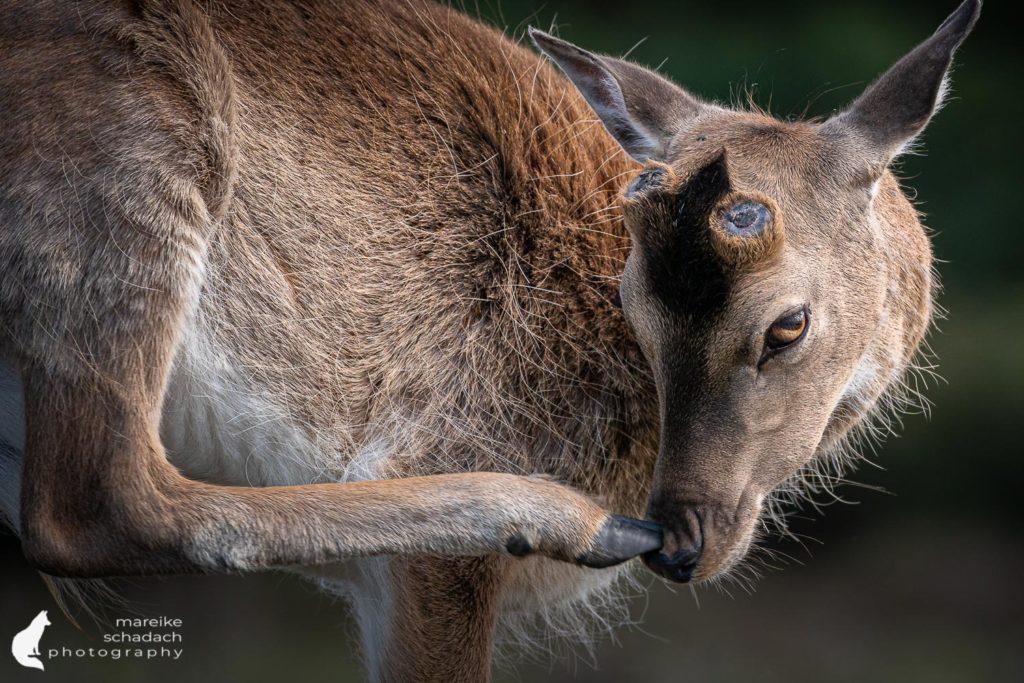
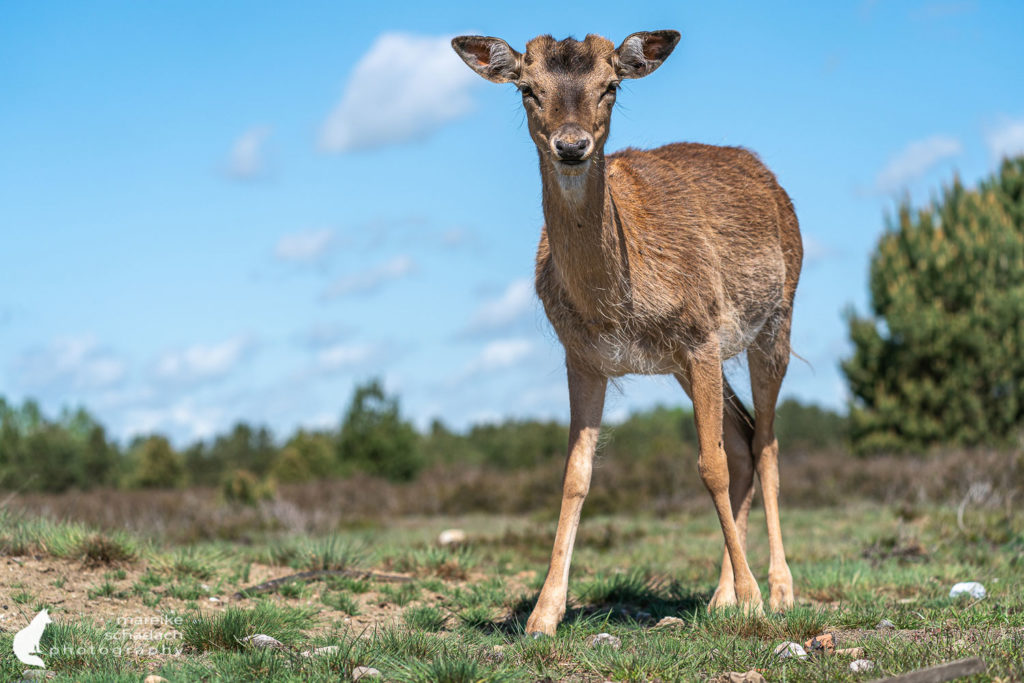
Grazing with wild animals is intended to preserve the heath landscape. By eating, trodding and sweeping with their antlers, fallow deer, mouflon and red deer keep the landscape open. The animals were introduced here in the summer of 2009 and live year-round in a fenced-in area of about 140 hectares. This is a very close-to-nature and also favorable form of management. Mechanical methods, such as mowing, bush clearing or even burning off vegetation, can therefore be largely dispensed with.
The "University for Sustainable Development Eberswalde" and the "Leibniz Institute for Zoo and Wildlife Research Berlin" accompany the grazing project scientifically.
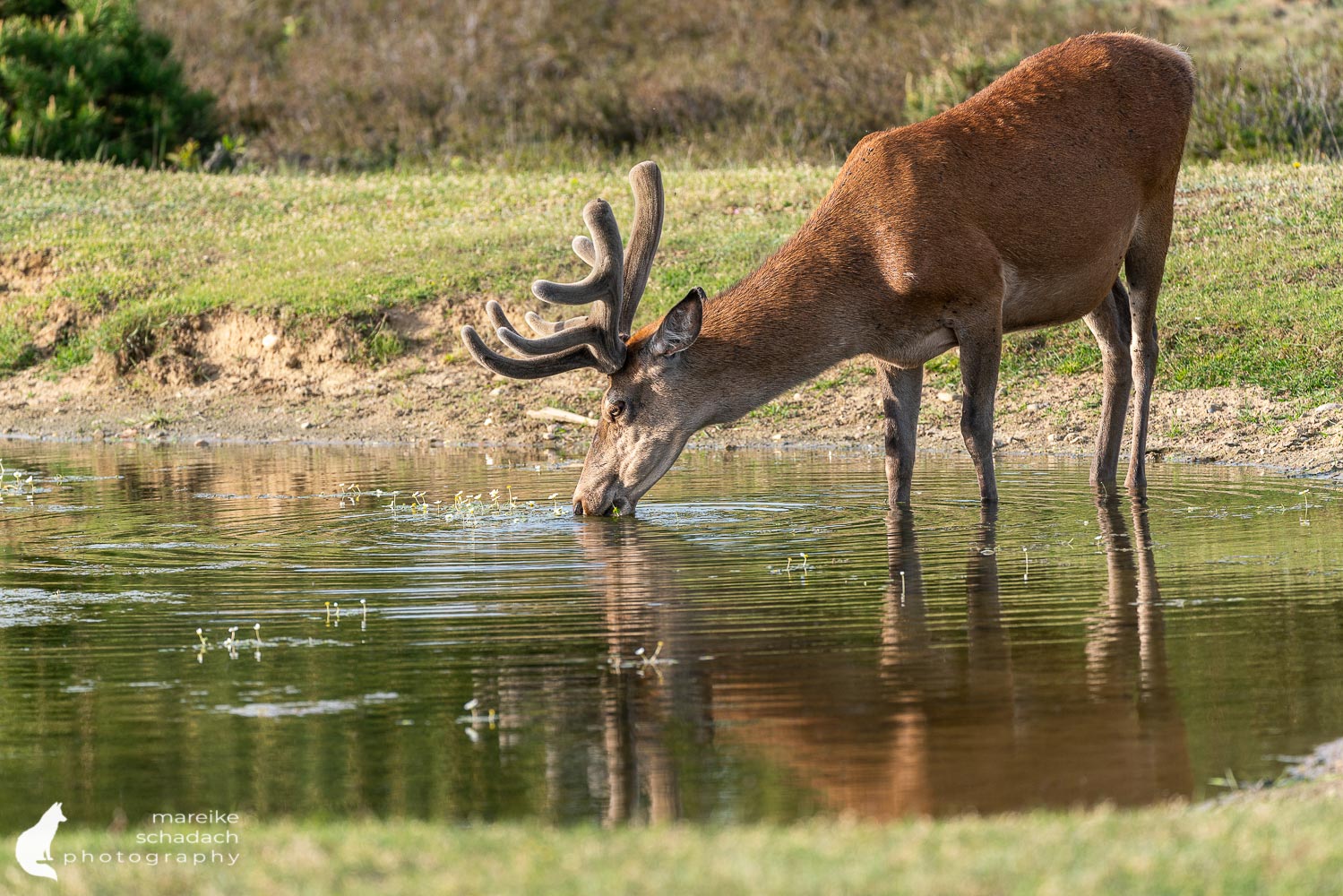
TIP: A trip to Schönower Heide is especially beautiful, if you can also see animals. It's best to take binoculars with you, such as the handy and even waterproof Zeiss Terra ED 8×42**.

Fauna and Flora
On the area of the Schönower Heide grow broom heath, sandy meadows as well as pioneer woods like birch, pine, juniper and quaking aspen. In addition to sandy areas with silver grass and reindeer lichen, there are open inland dunes and, in the northeast, a depression overgrown with tall shrubs and grass. Typical species also include the sharp wall-pepper and the sand-strawflower.
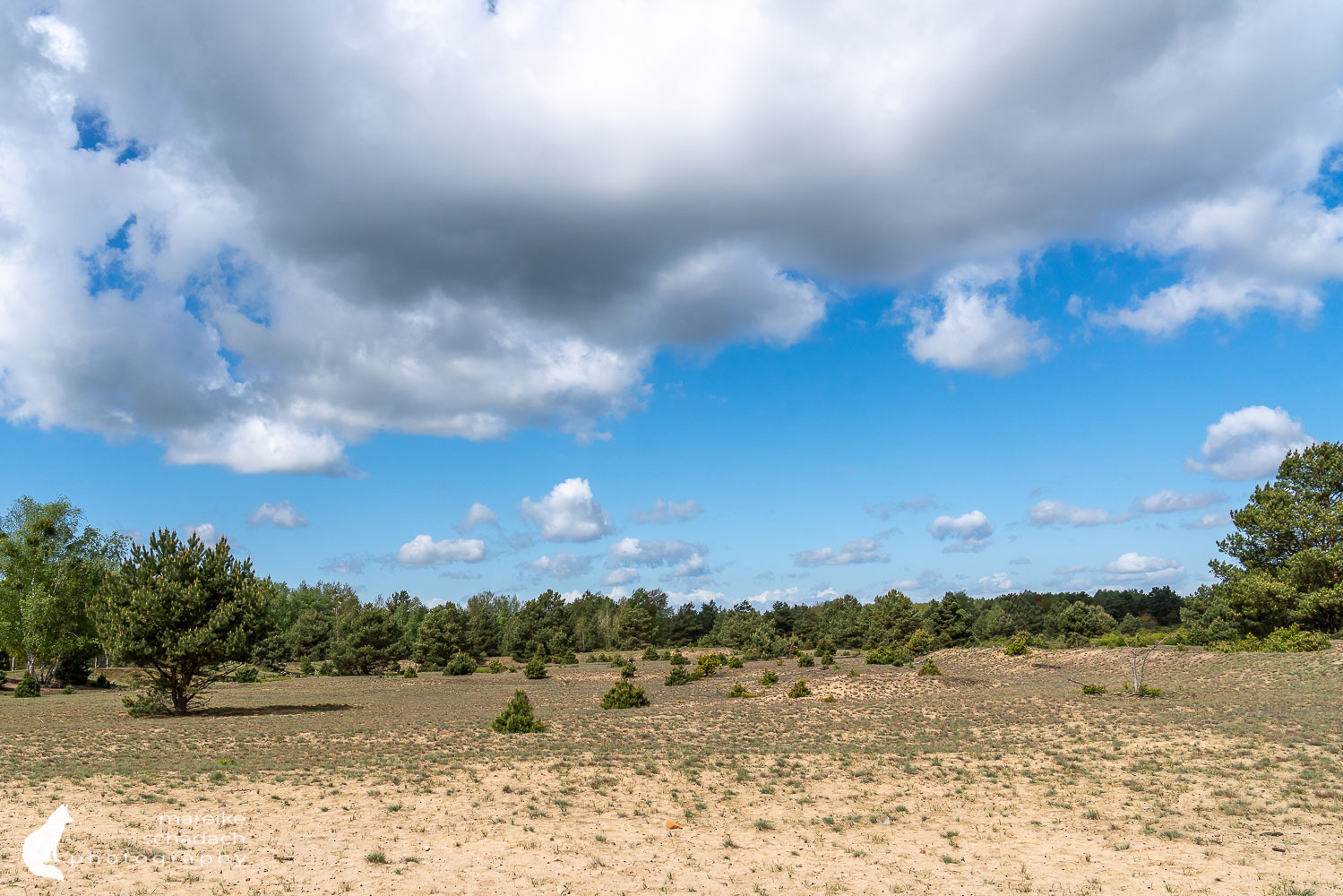
Many heat-loving animal species live in the dry site of Schönower Heide, such as the sand lizard, butterflies, sand beetles, wild bees or grasshoppers. So far, 61 bird species have been recorded here. Species such as the nightjar, the woodcock, the great grey shrike or the hoopoe are particularly noteworthy. In spring and summer the song of the lark can be heard almost everywhere in the area. And with a little luck, you may also be able to make out the distinctive "whup-whup" of the hoopoe.
TIP: The hoopoe flies most often in the evening hours. Then you have a good chance to see one on the Schönower Heide.
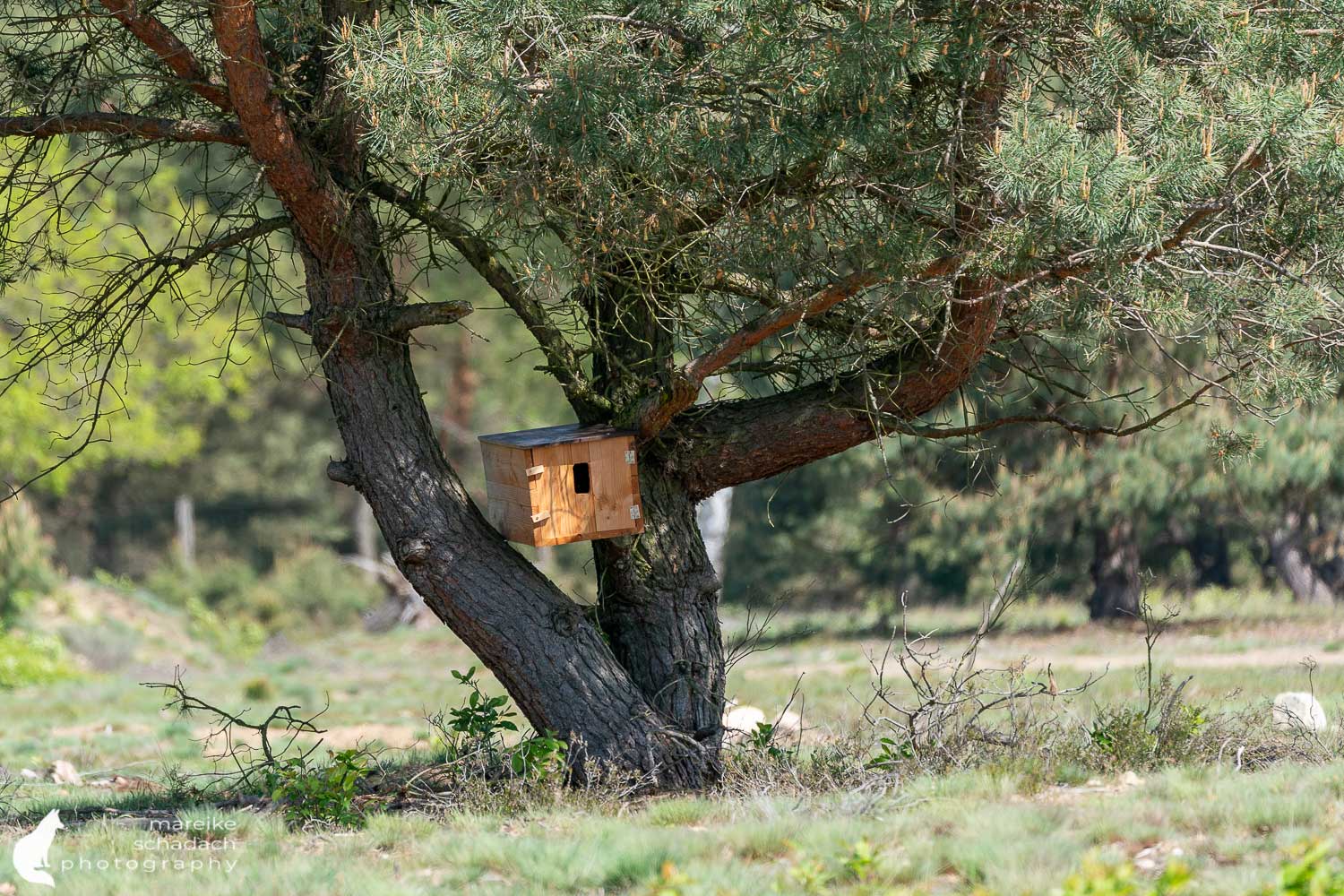
TIP: Have you ever seen a nightjar ? There are some living here, in the nature reserve Schönower Heide. However, since they are perfectly camouflaged, they are hard to spot. But maybe you can hear them in the evening hours in spring. I've been to the lookout twice in the dark and could hear their buzzing song clearly both times.
How to get there
The nature reserve Schönower Heide is located north of Berlin, just beyond the city limits. If you arrive by car, you can park on a large parking lot on the left and right side of the Schönwalder Chaussee (L30) between Schönow and Schönwalde. Here you will also find the large entrance portal with hiking map and site plan.

The best way to get there by public transport is to take the S-Bahn to Zepernick. From here you can take the bus line 900 direction Bernau to the station Zepernicker Straße. From there it is about 700 meters to the entrance of the Schönower Heide. Bus 900 leaves every hour on the weekend. If you have missed the bus, then it would be about 2.6 kilometers on foot to the entrance.
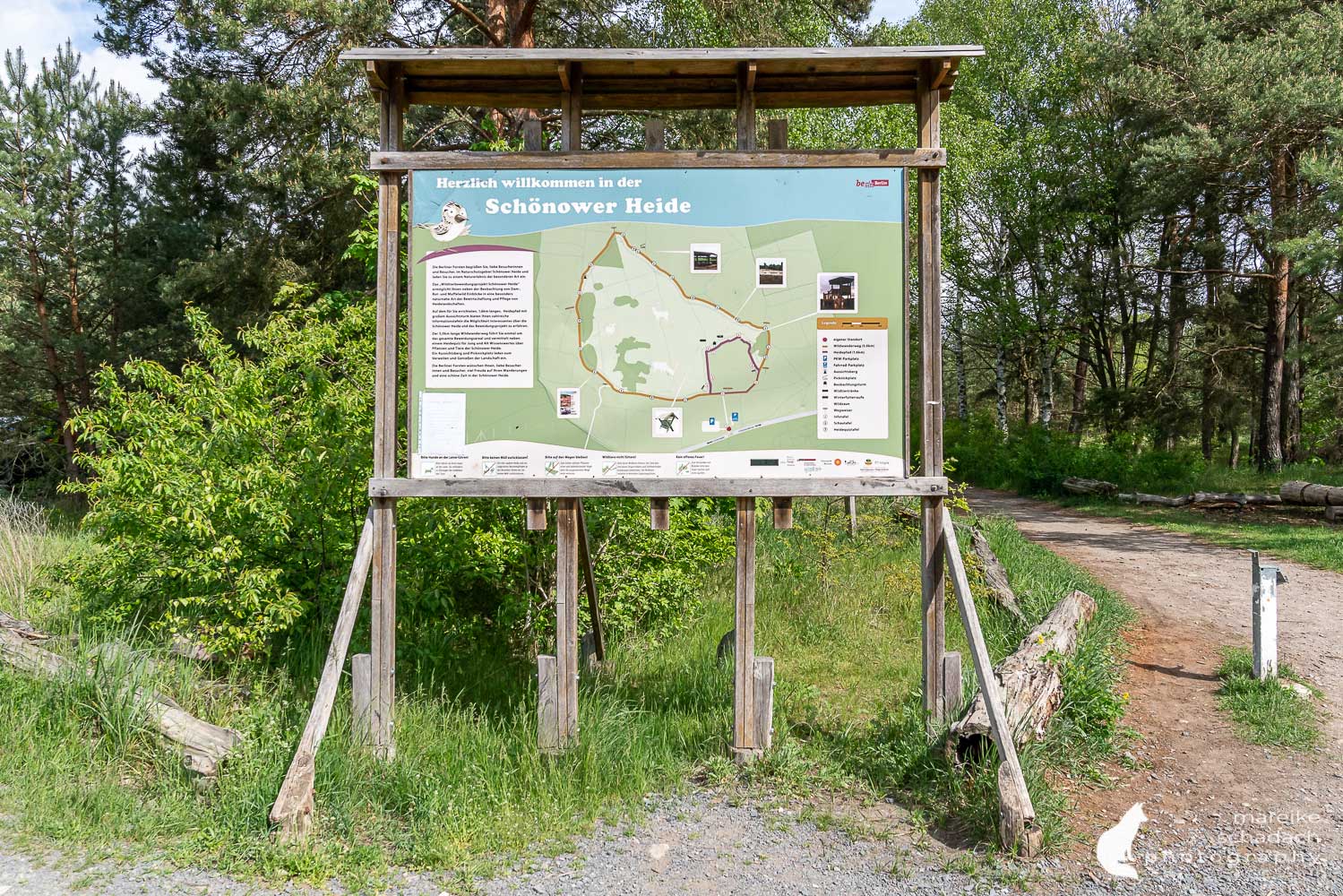
Book Recommendations for Animal Lovers
You want to know which animal you see? Then I can recommend the following books. You can order them with a click on the picture at Amazon. If you order a book via one of these affiliate links, I will even get a small commission and you will help me to keep filling Fernweh-Motive with interesting reports and tips. The article will not be more expensive for you.
Did you like my excursion tip to the animals on the former military training area Schönower Heide? Then follow me on Facebook, Pinterest or Instagram. I would also be very happy if you share my article with your friends. Do you have any questions or suggestions? If so, please write me a comment!
More Nature Trips around Berlin
You want to discover even more nature? How about a Trip to the Döberitzer Heide near Berlin or a Walk along the Greenwichpromenade and in the Tegeler Forst?
